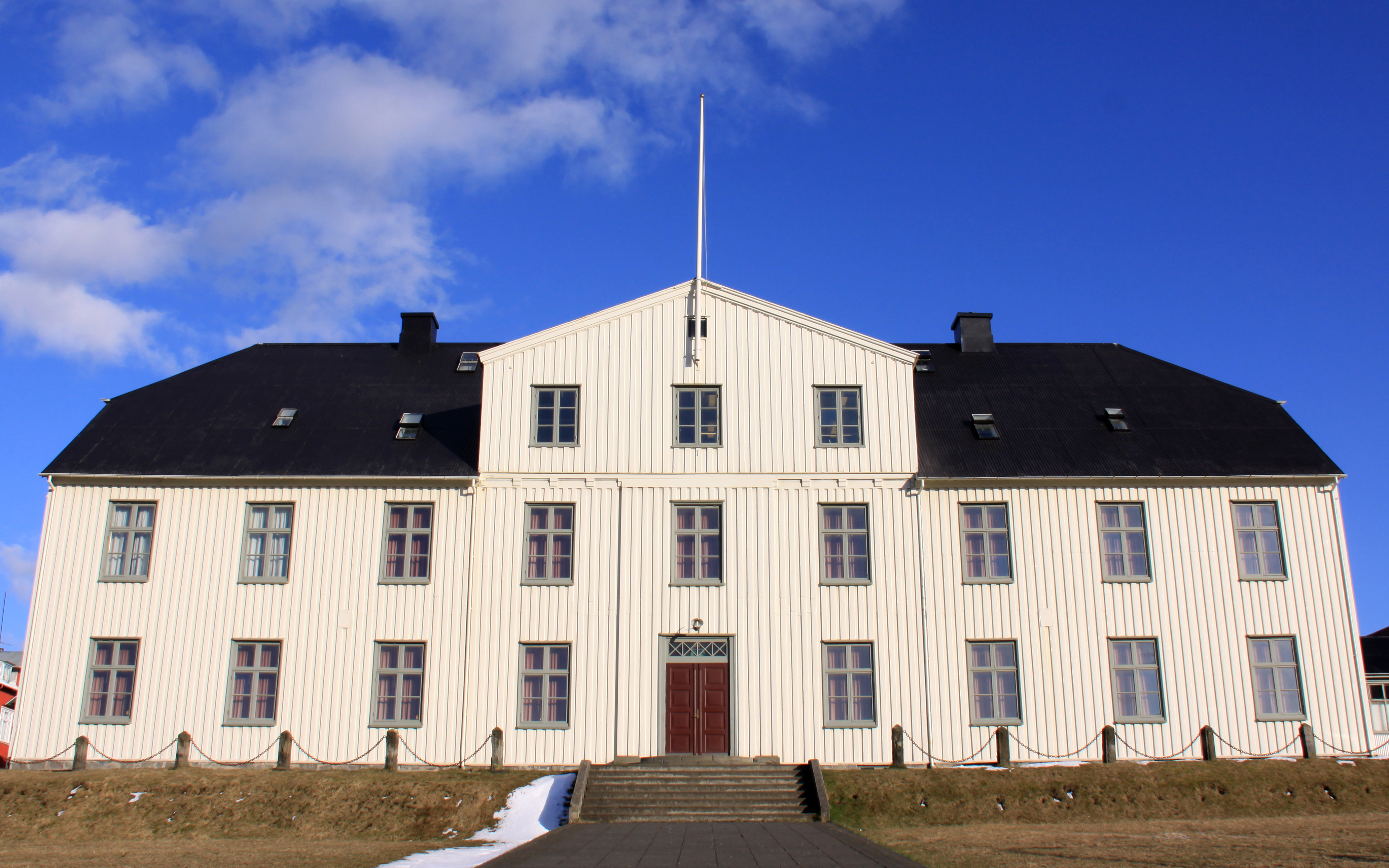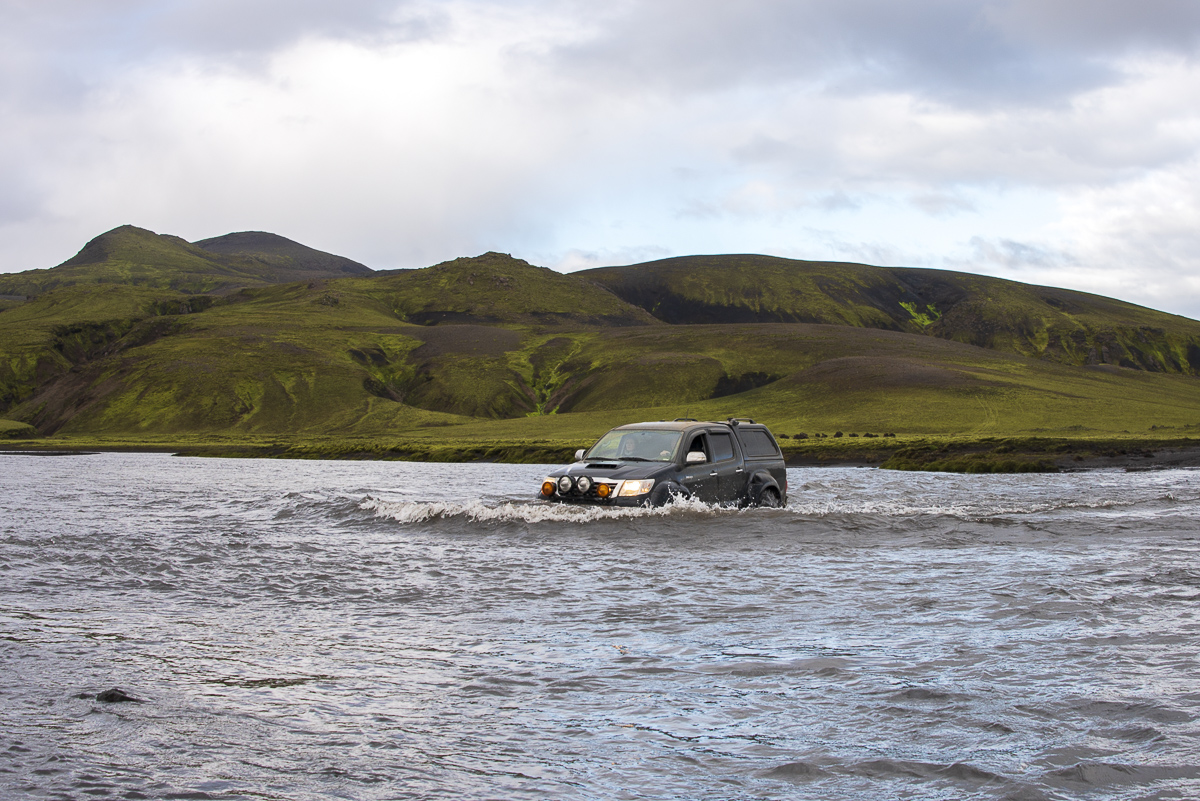|
Pálmi Hannesson
Pálmi Hannesson (3 January 1898, in Skagafjarðarsýsla – 22 November 1956) was an Icelandic naturalist and rector of the Menntaskólinn í Reykjavík. Pálmi was born a farmer's son; studied in Akureyri before proceeding to the Lærði Skólinn in Reykjavík; and on graduating from there proceeded to the University of Copenhagen to study natural history and geography. He concluded his education in 1926 with a master's degree in zoology. As well as being prominent among Icelandic students at Copenhagen, he was also an alderman of the Studentergården and was noted for his fluency in Danish. In the words of Niels Nielsen, Even as a child he felt attracted to the interior, desolate highlands, and it was one of his key experiences that he as a boy was allowed to embark on the adventure to take part in the autumn sheep collections whereby people searched the highlands on horseback up to glaciers. Throughout his life he retained his childhood love for the countryside and for hors ... [...More Info...] [...Related Items...] OR: [Wikipedia] [Google] [Baidu] |
Skagafjarðarsýsla
Iceland was historically divided into 23 counties known as ''sýslur'' (), and 23 independent towns known as ''kaupstaðir'' (). Iceland is now split up between 24 sýslumenn (magistrates) that are the highest authority over the local police (except in Reykjavík where there is a special office of police commissioner) and carry out administrative functions such as declaring bankruptcy and marrying people outside of the church. The jurisdictions of these magistrates often follow the lines of the historical counties, but not always. When speaking of these new "administrative" counties, the custom is to associate them with the county seats rather than using the names of the traditional counties, even when they cover the same area. Composition Independent towns (''kaupstaðir'') were first created in the 18th century as urbanisation began in Iceland; this practice continued into the 1980s. The last town that was declared an independent town was Ólafsvík in 1983. Since then, the l ... [...More Info...] [...Related Items...] OR: [Wikipedia] [Google] [Baidu] |
Menntaskólinn í Reykjavík
Menntaskólinn í Reykjavík (MR; official name in English: Reykjavik College) is collegein Iceland. It is located in Reykjavík. The school traces its origin to 1056, when a school was established in Skálholt, and it remains one of the oldest institutions in Iceland. The school was moved to Reykjavík in 1786, but poor housing conditions forced it to move again in 1805 to Bessastaðir near Reykjavík. In 1846 the school was moved to its current location, and a new building was erected for it in Reykjavík. This was the largest building in the country at the time and can be seen on the 500 Icelandic krona bill. It was used initially when Althing began to meet again in Reykjavík after a few years hiatus and thus it is in this building where Icelandic independence leader Jón Sigurðsson led the MPs in their famous phrase, '' Vér mótmælum allir''. The school has previously been known as ''Lærði skólinn'' (The Learned School), ''Latínuskólinn'' (The Latin School) and by t ... [...More Info...] [...Related Items...] OR: [Wikipedia] [Google] [Baidu] |
Akureyri
Akureyri (, ) is a town in northern Iceland, the country's fifth most populous Municipalities of Iceland, municipality (under the official name of Akureyrarbær , 'town of Akureyri') and the largest outside the Capital Region (Iceland), Capital Region. The municipality includes the town's neighbourhood at the head of Eyjafjörður and two farther islands: Hrísey at the mouth of Eyjafjörður and Grímsey off the coast. Nicknamed the "Capital of North Iceland", Akureyri is an important port and fishing centre. The area where Akureyri is located was settled in the 9th century, but did not receive a municipal charter until 1786. Allies of World War II, Allied units were based in the town during World War II. Further growth occurred after the war as the Icelandic population increasingly moved to urban areas. The area has a relatively mild climate because of geographical factors, and the town's ice-free harbour has played a significant role in its history. History The Norsemen, ... [...More Info...] [...Related Items...] OR: [Wikipedia] [Google] [Baidu] |
Reykjavík
Reykjavík is the Capital city, capital and largest city in Iceland. It is located in southwestern Iceland on the southern shore of Faxaflói, the Faxaflói Bay. With a latitude of 64°08′ N, the city is List of northernmost items, the world's northernmost capital of a sovereign state. Reykjavík has a population of around 139,000 as of 2025. The surrounding Capital Region (Iceland), Capital Region has a population of around 249,000, constituting around 64% of the country's population. Reykjavík is believed to be the location of the first permanent settlement in Iceland, which, according to , was established by Ingólfr Arnarson, Ingólfur Arnarson in 874 Anno Domini, AD. Until the 18th century, there was no urban development in the city location. The city was officially founded in 1786 as a trading town and grew steadily over the following decades, as it transformed into a regional and later Country, national centre of commerce, population, and governmental activities. Re ... [...More Info...] [...Related Items...] OR: [Wikipedia] [Google] [Baidu] |
University Of Copenhagen
The University of Copenhagen (, KU) is a public university, public research university in Copenhagen, Copenhagen, Denmark. Founded in 1479, the University of Copenhagen is the second-oldest university in Scandinavia, after Uppsala University. The University of Copenhagen consists of six different Faculty (division), faculties, with teaching taking place in its four distinct campuses, all situated in Copenhagen. The university operates 36 different departments and 122 separate research centres in Copenhagen, as well as a number of museums and botanical gardens in and outside the Danish capital. The University of Copenhagen also owns and operates multiple research stations around Denmark, with two additional ones located in Greenland. Additionally, University of Copenhagen Faculty of Health and Medical Sciences, The Faculty of Health and Medical Sciences and the public hospitals of the Capital Region of Denmark, Capital and Region Zealand, Zealand Region of Denmark constitute the ... [...More Info...] [...Related Items...] OR: [Wikipedia] [Google] [Baidu] |
Danish Journal Of Geography
''Danish Journal of Geography'' () is a peer-reviewed scientific journal published by Routledge Routledge ( ) is a British multinational corporation, multinational publisher. It was founded in 1836 by George Routledge, and specialises in providing academic books, academic journals, journals and online resources in the fields of the humanit ... on behalf of the Royal Danish Geographical Society. See also * ''Fennia'' *'' Geografiska Annaler'' *'' Jökull'' *'' Norwegian Journal of Geography'' References External links * Geography journals Multilingual journals Routledge academic journals 1902 establishments in Denmark Publications established in 1902 Academic journals associated with learned and professional societies Biannual journals {{geography-journal-stub ... [...More Info...] [...Related Items...] OR: [Wikipedia] [Google] [Baidu] |
Highlands Of Iceland
The Highland (Icelandic language, Icelandic: ''Hálendið)'' or The Central Highland is an area that comprises much of the interior land of Iceland. The Highland is situated above and is mostly uninhabitable. The soil is primarily volcanic ash, and the terrain consists of basalt mountains and lava fields. Snow covers the Highland from October until the beginning of June. A few oasis-like areas, such as Herðubreiðarlindir and Thórsmörk, Þórsmörk, are also found in the Highland. The area has many notable natural features and hiking trails. Natural features in the Highland The Highland encompasses various geological features, including Landmannalaugar, Torfajökull, Eldgjá, Thórsmörk, Þórsmörk, Herðubreið, Askja, Hveradalir, Laki, Lakagígar, and the Fagrifoss waterfall. Sites in the Highland are difficult to access and may be accessible only during the summer months. Most sites require all-wheel drive or all-terrain vehicles for access due to the unpaved dirt ro ... [...More Info...] [...Related Items...] OR: [Wikipedia] [Google] [Baidu] |
Royal Danish Geographical Society
The Royal Danish Geographical Society (RDGS, ) is a scientific society. The society aims to furthethe knowledge of the Earth and its inhabitants and to disseminate interest in the science of geography. It was founded 18 November 1876 on the initiative of Professor E. D. Erslev. The society is based in Copenhagen, Denmark. The society publishes an academic journal, the Geografisk Tidsskrift-Danish Journal of Geography. Awards and medals The society awards several prizes and medals to those people who contribute to geographical science and research in areas of natural and cultural geography. The society awards the Hans Egede Medal in silver 'preferably for geographical studies and research in the Arctic countries'. It was established in 1916 and named after Hans Egede Hans Poulsen Egede (31 January 1686 – 5 November 1758) was a Denmark–Norway, Danish-Norwegian Lutheran missionary priest who launched mission efforts to Greenland, which led him to be styled the Apostle of G ... [...More Info...] [...Related Items...] OR: [Wikipedia] [Google] [Baidu] |
Hans Egede Medal
The Hans Egede Medal is awarded by the Royal Danish Geographical Society for outstanding services to geography, "principally for geographical studies and research in the Polar lands." It was instituted in 1916 and named after Hans Egede, a Danish missionary who established a mission in Greenland. Recipients SourceRoyal Danish Geographical Society * 1921: Peter Freuchen, , and Morten Pedersen Porsild * 1924: Knud Rasmussen * 1925: Roald Amundsen * 1927: Lauge Koch * 1932: Henry George Watkins and Therkel Mathiassen * 1933: Ejnar Mikkelsen and Kaj Birket-Smith * 1937: Hans Wilhelmsson Ahlmann * 1947: Pálmi Hannesson * 1951: Eigil Knuth * 1955: Helge Larsen * 1959: Vivian Fuchs * 1960: Paul Siple * 1971: Willi Dansgaard and Børge Fristrup * 1976: Knud Ellitsgaard-Rasmussen and * 1980: Bent Fredskild * 1982: Gunnar Østrem * 1984: Trevor Lloyd * 1986: Preben Gudmandsen * 1992: * 1996: Bent Hasholt and * 2017: for his contributions to research on the Arctic * 2022: ... [...More Info...] [...Related Items...] OR: [Wikipedia] [Google] [Baidu] |
1898 Births
Events January * January 1 – New York City annexes land from surrounding counties, creating the City of Greater New York as the world's second largest. The city is geographically divided into five boroughs: Manhattan, Brooklyn, Queens, The Bronx and Staten Island. * January 13 – Novelist Émile Zola's open letter to the President of the French Republic on the Dreyfus affair, , is published on the front page of the Paris daily newspaper , accusing the government of wrongfully imprisoning Alfred Dreyfus and of antisemitism. February * February 12 – The automobile belonging to Henry Lindfield of Brighton rolls out of control down a hill in Purley, London, England, and hits a tree; thus he becomes the world's first fatality from an automobile accident on a public highway. * February 15 – Spanish–American War: The explodes and sinks in Havana Harbor, Cuba, for reasons never fully established, killing 266 men. The event precipitates the United States' ... [...More Info...] [...Related Items...] OR: [Wikipedia] [Google] [Baidu] |
1956 Deaths
Events January * January 1 – The Anglo-Egyptian Sudan, Anglo-Egyptian Condominium ends in Sudan after 57 years. * January 8 – Operation Auca: Five U.S. evangelical Christian Missionary, missionaries, Nate Saint, Roger Youderian, Ed McCully, Jim Elliot and Pete Fleming, are killed for trespassing by the Waorani people of Ecuador, shortly after making contact with them. * January 16 – Egyptian leader Gamal Abdel Nasser vows to reconquer Palestine (region), Palestine. * January 25–January 26, 26 – Finnish troops reoccupy Porkkala, after Soviet Union, Soviet troops vacate its military base. Civilians can return February 4. * January 26 – The 1956 Winter Olympics open in Cortina d'Ampezzo, Italy. February * February 2 – Austria and Israel establish diplomatic Austria–Israel relations, relations. * February 11 – British Espionage, spies Guy Burgess and Donald Maclean (spy), Donald Maclean resurface in the Soviet Union, after being missing for 5 years. * ... [...More Info...] [...Related Items...] OR: [Wikipedia] [Google] [Baidu] |






